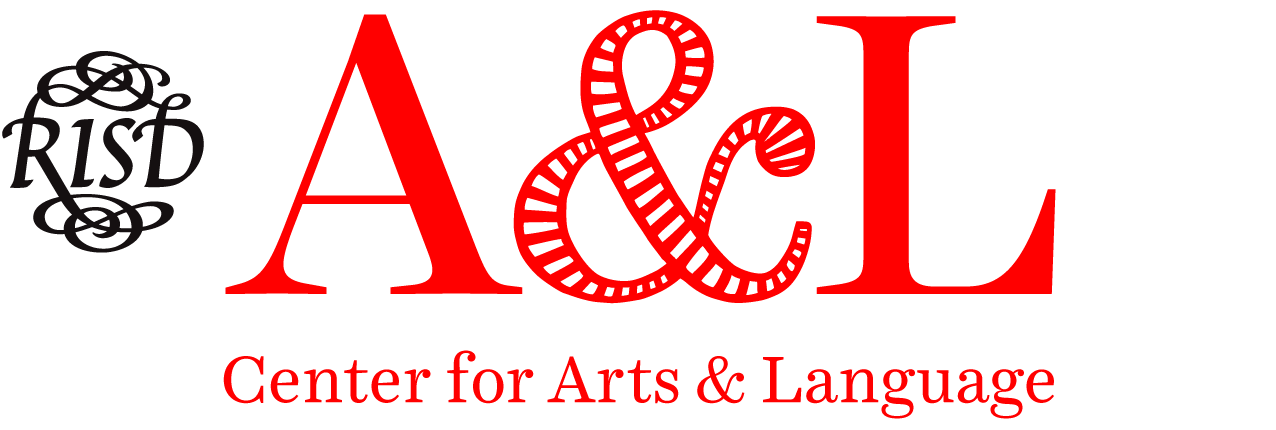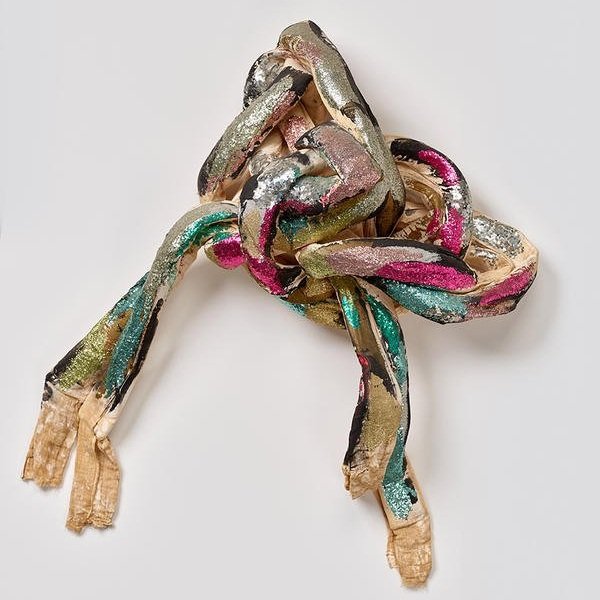Introductions & Conclusions
The first and last paragraphs of an essay are an opportunity to captivate readers — to get them interested in your topic and invested in your ideas. And each provides distinct opportunities to guide readers’ thinking in useful ways.
In the first paragraph, the introduction, you can:
Catch the reader’s attention (sometimes called a “hook”)
Reveal the subject you intend to explore
Offer necessary context
Explicitly state the claim or thesis you intend to argue
Provide a preview of the ways you will approach the subject and/or evidence you plan to use (sometimes called a “map of support”)
Consider the introduction a distillation of your paper as a whole. If you have a strong introduction, your readers will understand your purpose and have confidence in your ability to open their eyes to a legitimate viewpoint on a compelling issue.
Some writers organize these parts from general to specific, from fact to opinion, moving toward their main point. Others like to start with the big impact of their main idea, essentially making their thesis statement a hook. It really depends on your subject, your audience, and your personal style of writing.
Here is an example introduction to a formal analysis of Lynda Benglis’s Zita. Can you identify anything from the list above?
What does it mean to be an artist and a woman? Certainly, there is no single answer to this question, but we get some insight into Lynda Benglis’s experience through her sculpture Zita, 1972, part of her “Sparkle Knot” series. Hanging on a wall in the twentieth-century gallery of the RISD Museum of Art, the piece consists of a twisted, clumpy knot of glitter- and paint-coated cotton tubes. The form and color palette aren’t decidedly pretty or unpretty, comfortable or uncomfortable. But the scale and materials pointedly take up visual and three-dimensional space. In these ways, Zita challenges notions of what a woman artist can or should make.
In the last paragraph, the conclusion, you can:
Remind the reader of your thesis and perhaps reiterate your main points
Provide a logical result of your findings
Relate these ideas to something bigger (the class, the field, your own work, etc.)
Introduce next steps or new questions for further research or thinking
* Avoid introducing new evidence or information that has not been discussed yet; instead, try to create new meaning or implications.
The conclusion is where you have your final say on the topic; it also happens to be what the reader remembers the most. Writers often start from their own ideas and broaden back out so the reader focuses on the significance of their essay at the end.
Here is an example conclusion to a formal analysis of the same Lynda Benglis sculpture, Zita:
Lynda Benglis’s Zita is a provocative sculpture composed of striking visual contrasts. While the punchy, glittery colors conjure traditional feminine imagery, the tough materials and contorted forms resist the simplicity of those stereotypes. Through these formal qualities, Zita brings attention to and challenges societal notions of what a women artist can make. But not all women are artists, and this piece draws on stereotypes applied to all women. So perhaps the piece is more broadly about what a woman artist can be — what any woman can be. Zita is also part of the “Sparkle Knot” series, reiterating similar themes in different forms. This suggests that there’s no singular or correct version, but that all women share these limiting and controlling experiences. In our current context of explicit legal oppression of women, trans folks, and nonbinary people, as well as discussions of toxic masculinity and their effect on men’s mental and social well-being, perhaps we would read the series as challenging all gender stereotypes.

